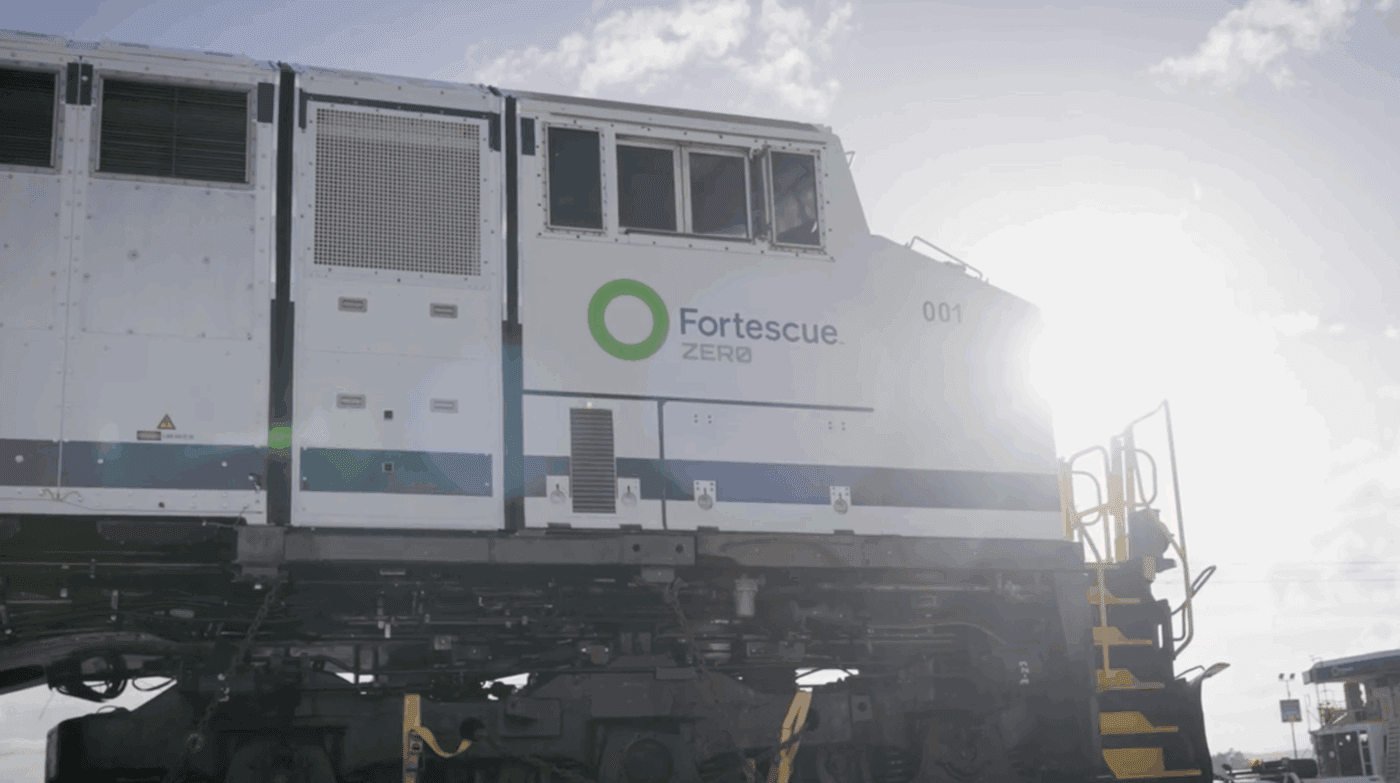Fortescue rides the Infinity Train
The Infinity Train project was announced in 2022, when Fortescue took over Williams Advanced Engineering (WAE) to bring WAE’s critical battery technology in-house, and allow Fortescue to realise its 2030 net-zero target, including programmes such as Fortescue’s 3km long freight trains, 400-tonne haul trucks and industrial heavy mobile equipment. The latter two were achieved superlatively last year, and now, the Australian green mining giant has also put its Infinity Train in motion.
“The Infinity Train will not only accelerate Fortescue’s race to reach net zero emissions by 2030, but also lower our operating costs, create maintenance efficiencies and productivity opportunities,” said Fortescue Founder and Chairman, Dr Andrew Forrest AO, of the development work with WAE.
The Infinity Train transports iron ore using the energy from recuperation on downhill stretches to the port. Once the train is unloaded, the batteries’ stored energy powers the empty train’s journey back to the mine. The company’s calculations showed that one or more of Fortescue’s mining sites have a sufficient gradient for this mechanism.
The Fortescue railway is privately owned and operated by Fortescue Metals Group, built to carry iron ore across the Pilbara region of Western Australia. When it was completed in 2008, it was said to be the heaviest haul railway in the world, designed for 40-tonne axle loads. Fortescue is now using that weight to its advantage, and letting gravity and recouperation technology do the rest. The Infinity Train is already living up to its title.





5 Comments